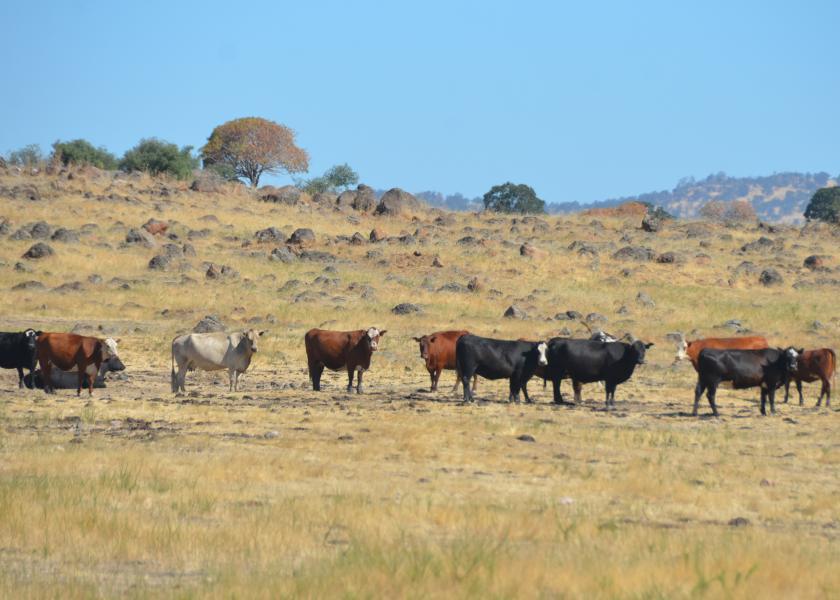Drought Threat Expanding

Drought is expanding in the country. While much of the intermountain west, the southwest and parts of the northern plains have been in drought for much of the past 18 months or more, drought is expanding dramatically now in the central and southern plains. The Drought Monitor tracks drought conditions in categories from D0 (Abnormally Dry) to D4 (Exceptional Drought). The five categories can be combined into a single index number known as the Drought Severity and Coverage Index (DSCI). The DSCI can range in value from 0 to 500. The current national DSCI is 176 and has ranged from a low of 164 to a high of 188 for the past year. The U.S. has continuously had a DSCI over 100 since July 2020 and over 150 since October 2020. Prior to that, the last time the DSCI was over 150 was September 2013.
While the DSCI is a useful single index value, it can mask changes in the drought. Compared to one year ago, drought across the country is more widespread and the pockets of most severe drought are smaller. Currently 70.87 percent of the country is in D0 or worse compared to 64.68 percent one year ago. However, the current percent of D3-D4 is 12.21 percent compared to 20.38 percent last year. The D4 category alone is currently 1.32 percent compared to 8.79 percent one year ago.
The national DSCI also masks regional variation and the regional changes in drought over time. While the national DSCI has maintained an elevated but relatively narrow range for the past year, regional drought conditions vary widely as shown in the following examples. Parts of the southwest and southern Rocky Mountain regions experienced severe drought in 2020, with limited improvement in 2021 but with persistent drought. New Mexico has a current DSCI of 307 and has been above 200 since July of 2020. The New Mexico DSCI peaked at 436 for several weeks about one year ago. North Dakota had a DSCI of 249 one year ago, peaked at 393 in May 2021 and currently is at 171. Montana has a current DSCI of 321 and has been above 300 since last July.
By contrast, Oklahoma had a DSCI of 40 one year ago and dropped to just 8 in July 2021. However, since November, the Oklahoma DSCI has increased rapidly to the current level of 314. Texas has a similar story, going from a DSCI less than 100 last October to the current level of 282. Though not as severe at this time, dry conditions have expanded across much of Kansas and Nebraska in the past three months.
There is plenty of time to avoid widespread drought impacts but without significant moisture in the next 2-3 months, the cattle industry could see major market impacts that affect the entire industry as well as the tremendous hardships that would land on many producers and individual operations. Although the worst impacts may not be realized for several months yet, producers should begin planning now for the decisions that would be required if spring doesn’t come. Hopefully it is a plan that will never be needed.
Ranchers Thursday Lunchtime Webinar series on managing forages through drought from February 4, 2021. https://www.youtube.com/watch?v=1cjLc8jpn2A&t=12s







